
In July the Office of the Director of National Intelligence delivered an unclassified report to Congress titled “Preliminary Assessment: Unidentified Aerial Phenomena.” That’s UFOs, or unidentified flying objects, to you and me. It was based on a review of 144 reported sightings made by military aviators between 2004 and 2021, mostly in the last two years. Of the 144, an explanation was found for only one — a deflated balloon. The rest remain unexplained. (These are the most important events in NASA’s history.)
Meanwhile, reported sightings by
civilians vastly outnumber those by military personnel and have been
increasing. There is even a National UFO Reporting Center,
which documents sightings of unexplained aerial phenomena all over the
world. There were 6,281 reported sightings in 2019 and a whopping 7,267
in 2020.
The increase in recent sightings may have something to do with renewed interest in UFOs related to the government report. Often there’s a ready explanation for sightings, including ordinary aircraft, celestial objects such as bright stars and planets, weather phenomena, drones, and satellites. But sometimes there isn’t.
To identify the states with the most
UFO sightings 24/7 Wall St. reviewed data provided by Cheryl Costa and
Linda Miller, authors of “UFO Sightings Desk Reference: United States of
America 2001-2020P.” Interestingly, the list is headed by three states
in the Northeast: Vermont, with 109 sightings per 100,000 residents;
Maine, with 103.1; and New Hampshire, with 101. That could be because
aliens appreciate the beauty of New England. It might also have
something to do with the fact that visibility is better in rural states
with less light pollution and higher elevations.
For whatever reason, the states with the fewest sightings are in the South: Mississippi, with 29.9 sightings per 100,000 residents; Louisiana, with 30; and Texas, with 32.4. (This is exactly what it takes to become an astronaut.)

50. Mississippi
> 2001-2020 sightings per 100K: 29.9
> Total sightings: 891
> Population 2019: 2,976,149
> Population per sq. mile: 64.3

49. Louisiana
> 2001-2020 sightings per 100K: 30.0
> Total sightings: 1,396
> Population 2019: 4,648,794
> Population per sq. mile: 106.3

48. Texas
> 2001-2020 sightings per 100K: 32.4
> Total sightings: 9,408
> Population 2019: 28,995,881
> Population per sq. mile: 103.2

47. Georgia
> 2001-2020 sightings per 100K: 33.5
> Total sightings: 3,560
> Population 2019: 10,617,423
> Population per sq. mile: 178.6

46. Alabama
> 2001-2020 sightings per 100K: 34.5
> Total sightings: 1,692
> Population 2019: 4,903,185
> Population per sq. mile: 97.0

45. New York
> 2001-2020 sightings per 100K: 36.6
> Total sightings: 7,124
> Population 2019: 19,453,561
> Population per sq. mile: 415.3

44. Maryland
> 2001-2020 sightings per 100K: 37.6
> Total sightings: 2,274
> Population 2019: 6,045,680
> Population per sq. mile: 615.0

43. Virginia
> 2001-2020 sightings per 100K: 38.5
> Total sightings: 3,288
> Population 2019: 8,535,519
> Population per sq. mile: 212.1

42. New Jersey
> 2001-2020 sightings per 100K: 41.2
> Total sightings: 3,660
> Population 2019: 8,882,190
> Population per sq. mile: 1214.7
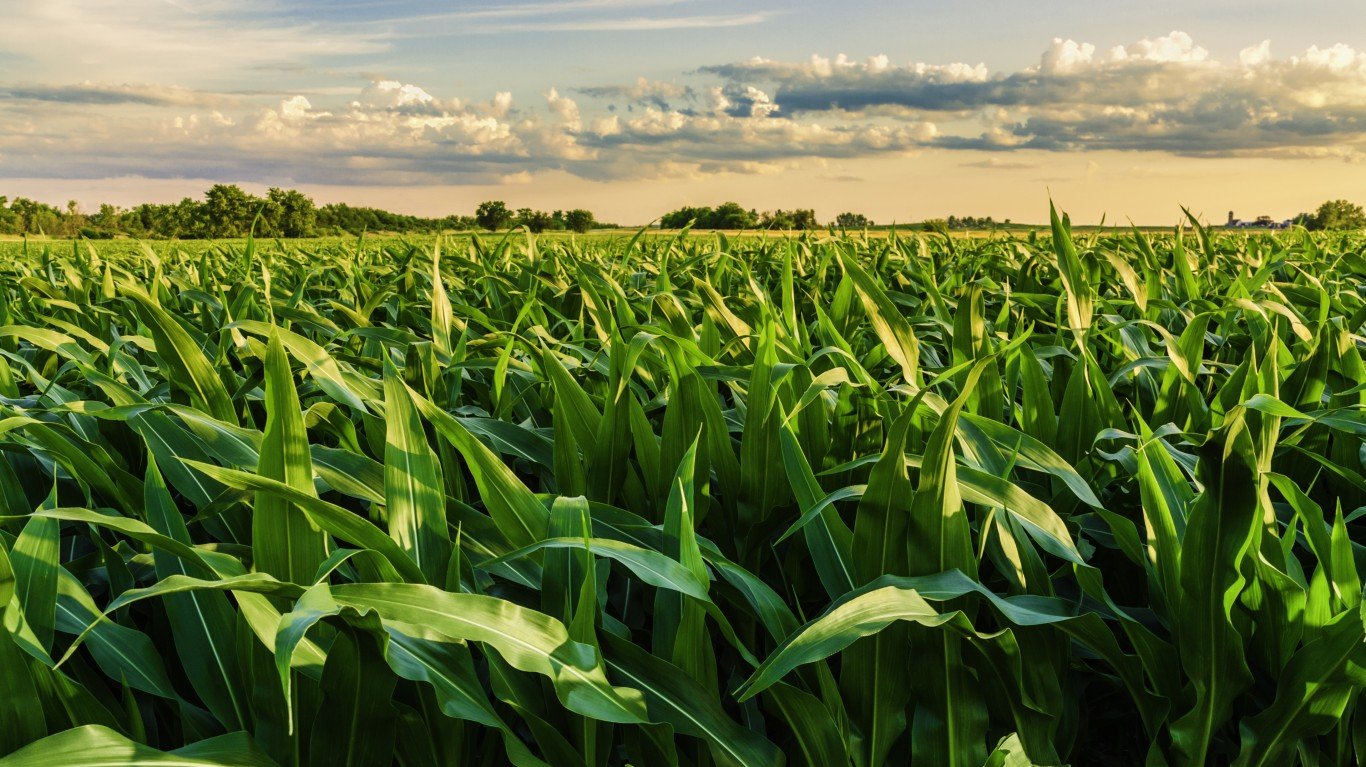
41. Illinois
> 2001-2020 sightings per 100K: 42.8
> Total sightings: 5,429
> Population 2019: 12,671,821
> Population per sq. mile: 234.0

40. North Dakota
> 2001-2020 sightings per 100K: 44.0
> Total sightings: 335
> Population 2019: 762,062
> Population per sq. mile: 10.0

39. North Carolina
> 2001-2020 sightings per 100K: 44.1
> Total sightings: 4,622
> Population 2019: 10,488,084
> Population per sq. mile: 208.1

38. Massachusetts
> 2001-2020 sightings per 100K: 44.1
> Total sightings: 3,040
> Population 2019: 6,892,503
> Population per sq. mile: 851.1
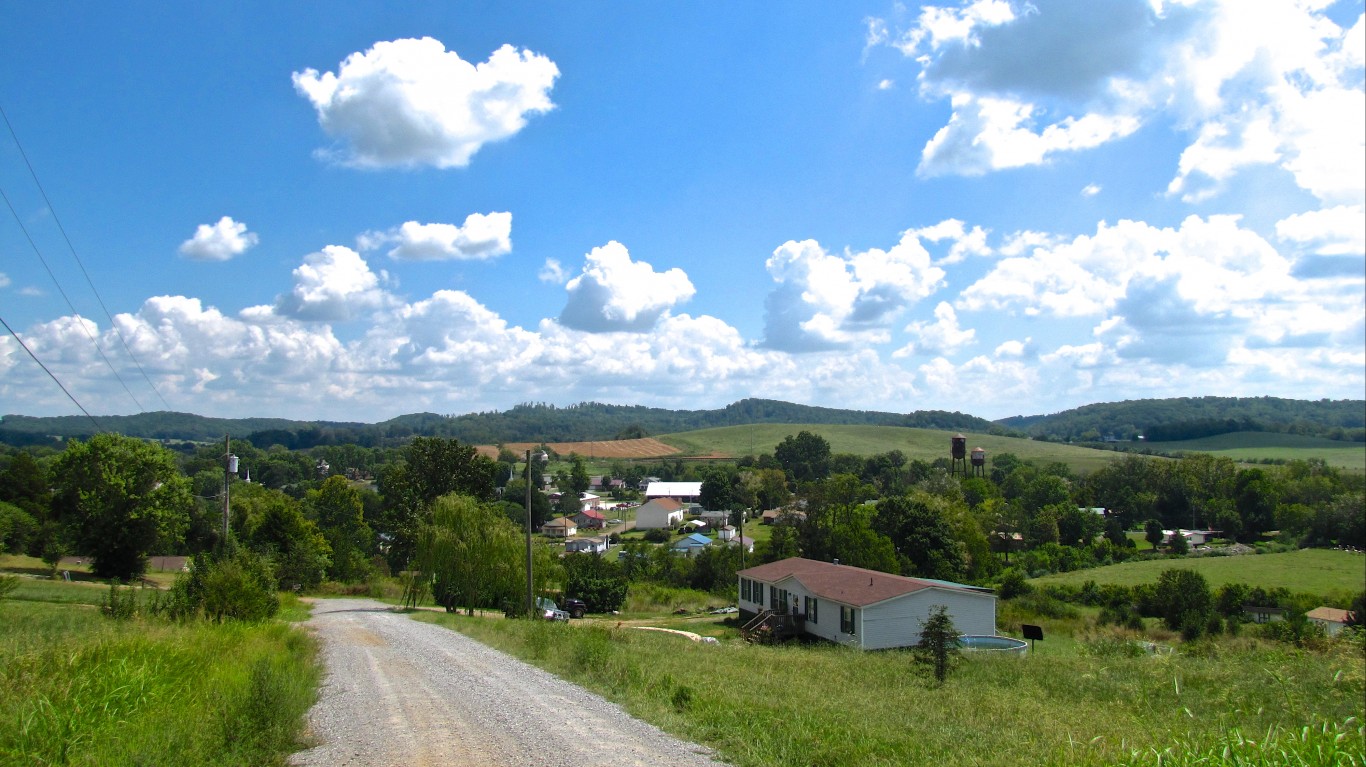
37. Tennessee
> 2001-2020 sightings per 100K: 44.2
> Total sightings: 3,017
> Population 2019: 6,829,174
> Population per sq. mile: 160.3

36. Nebraska
> 2001-2020 sightings per 100K: 46.0
> Total sightings: 889
> Population 2019: 1,934,408
> Population per sq. mile: 24.4

35. Minnesota
> 2001-2020 sightings per 100K: 46.9
> Total sightings: 2,646
> Population 2019: 5,639,632
> Population per sq. mile: 68.5
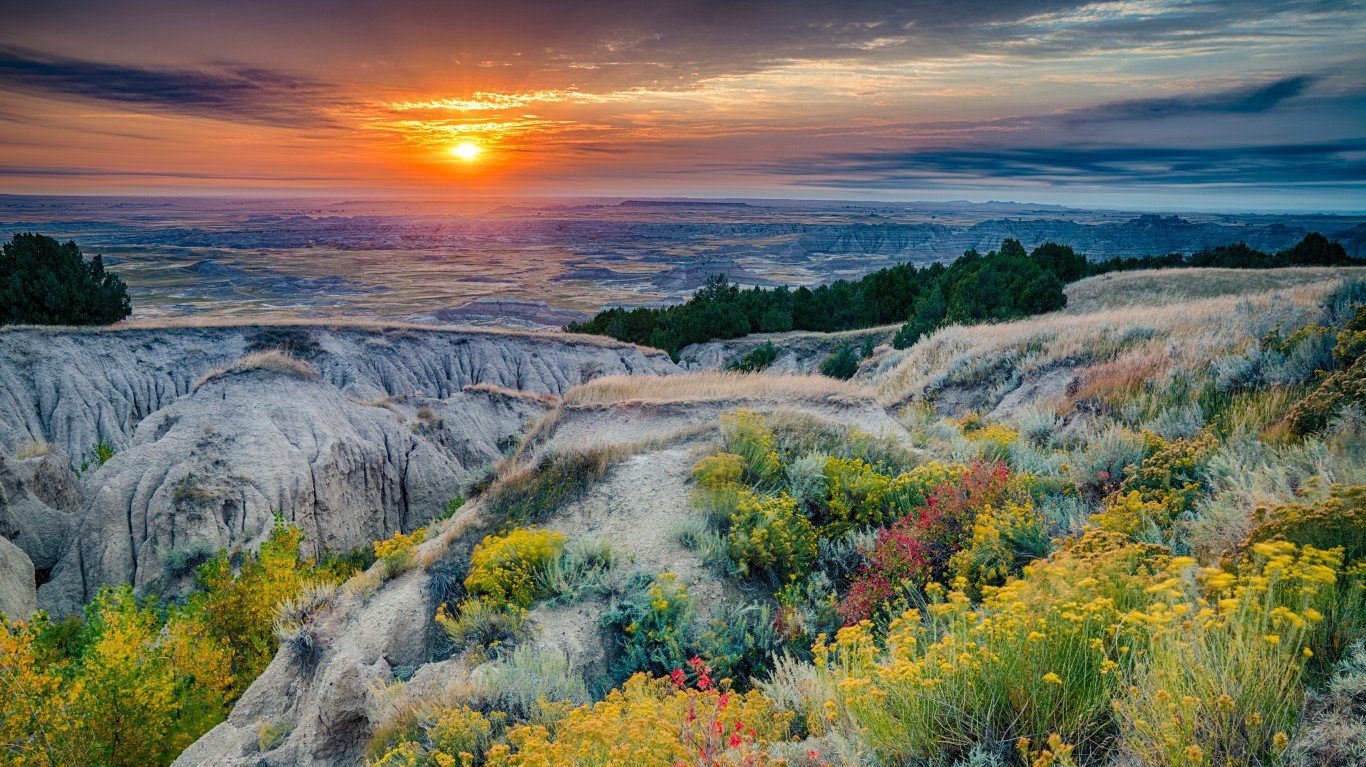
34. South Dakota
> 2001-2020 sightings per 100K: 47.2
> Total sightings: 418
> Population 2019: 884,659
> Population per sq. mile: 11.1

33. Delaware
> 2001-2020 sightings per 100K: 48.0
> Total sightings: 467
> Population 2019: 973,764
> Population per sq. mile: 483.3

32. Arkansas
> 2001-2020 sightings per 100K: 48.6
> Total sightings: 1,468
> Population 2019: 3,017,804
> Population per sq. mile: 57.9

31. Ohio
> 2001-2020 sightings per 100K: 48.7
> Total sightings: 5,694
> Population 2019: 11,689,100
> Population per sq. mile: 283.9
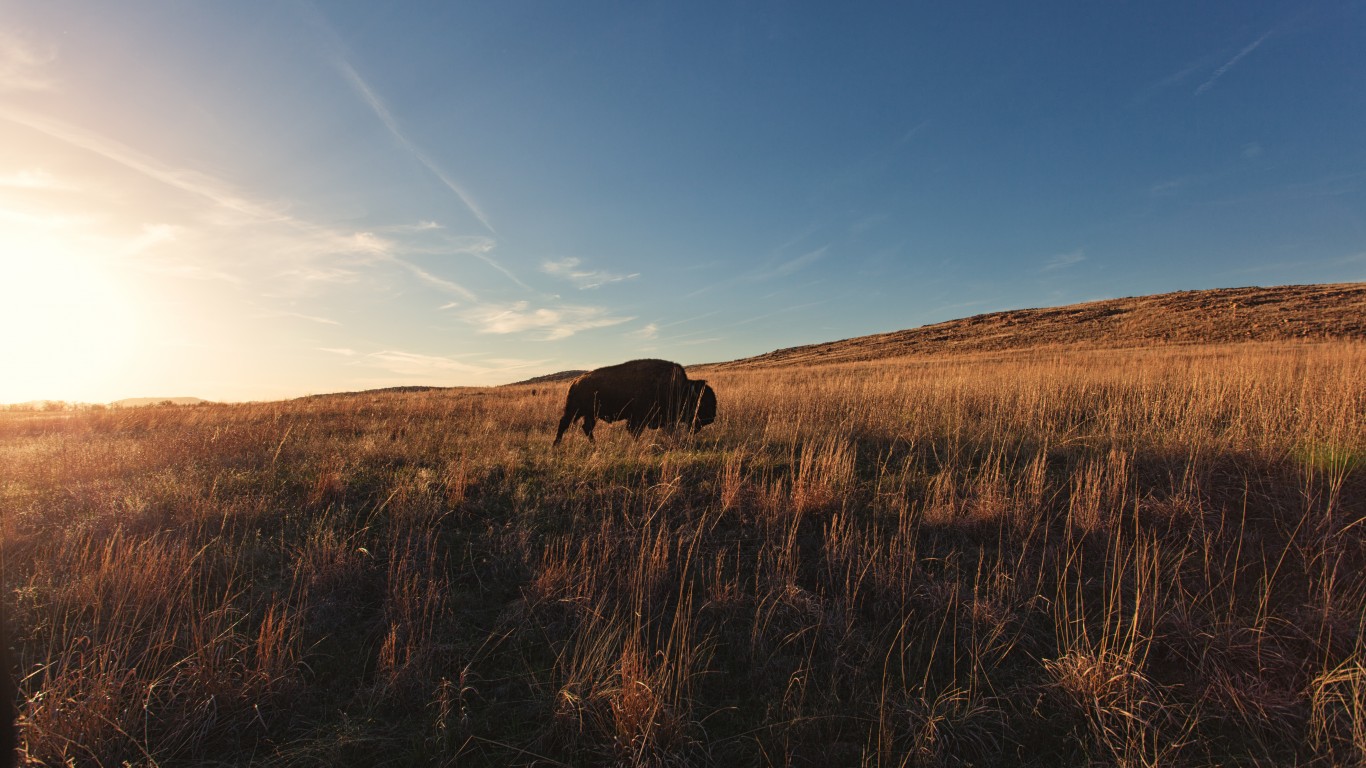
30. Oklahoma
> 2001-2020 sightings per 100K: 49.0
> Total sightings: 1,940
> Population 2019: 3,956,971
> Population per sq. mile: 56.6

29. Wisconsin
> 2001-2020 sightings per 100K: 49.3
> Total sightings: 2,868
> Population 2019: 5,822,434
> Population per sq. mile: 107.3

28. Kentucky
> 2001-2020 sightings per 100K: 49.3
> Total sightings: 2,202
> Population 2019: 4,467,673
> Population per sq. mile: 113.0

27. Iowa
> 2001-2020 sightings per 100K: 49.6
> Total sightings: 1,564
> Population 2019: 3,155,070
> Population per sq. mile: 55.5

26. South Carolina
> 2001-2020 sightings per 100K: 51.4
> Total sightings: 2,645
> Population 2019: 5,148,714
> Population per sq. mile: 162.0

25. Florida
> 2001-2020 sightings per 100K: 51.4
> Total sightings: 11,042
> Population 2019: 21,477,737
> Population per sq. mile: 371.0
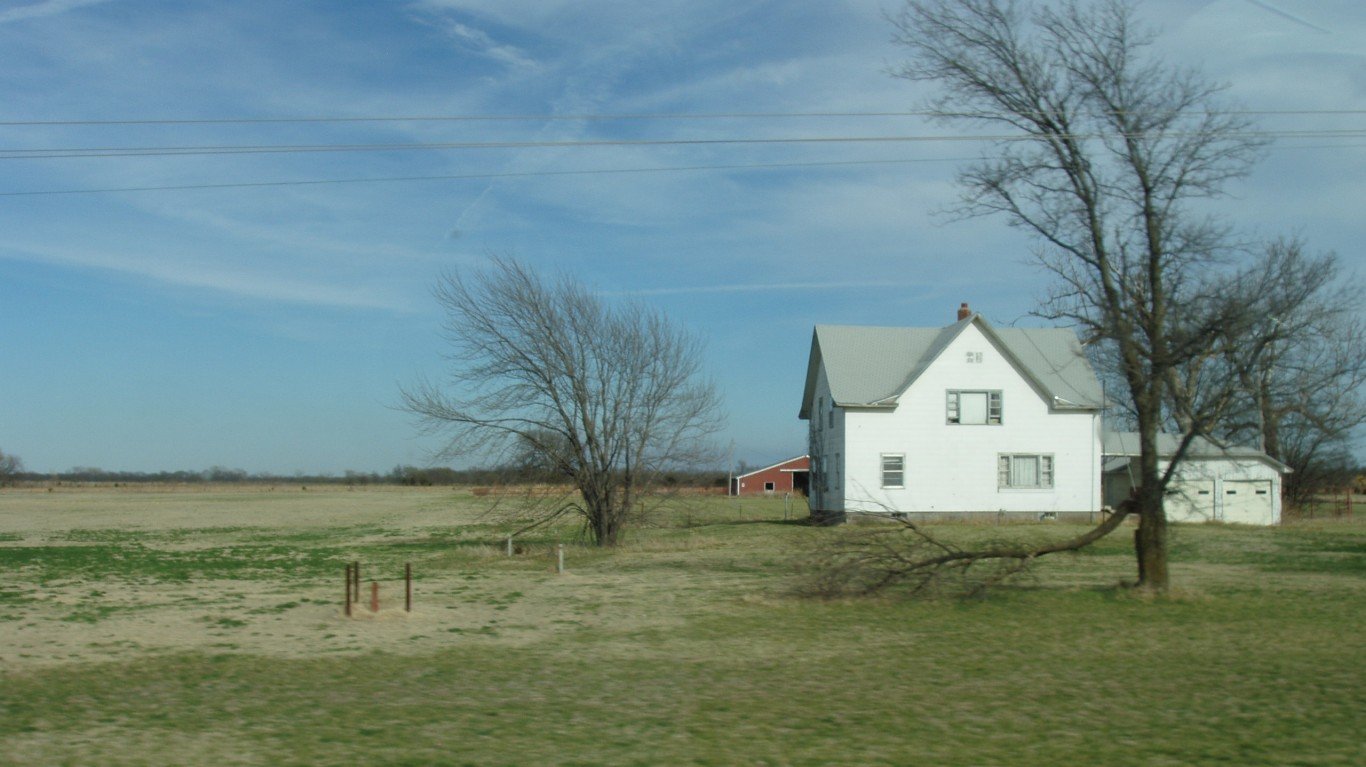
24. Kansas
> 2001-2020 sightings per 100K: 51.4
> Total sightings: 1,498
> Population 2019: 2,913,314
> Population per sq. mile: 35.8

23. California
> 2001-2020 sightings per 100K: 53.2
> Total sightings: 21,013
> Population 2019: 39,512,223
> Population per sq. mile: 248.2

22. Hawaii
> 2001-2020 sightings per 100K: 54.1
> Total sightings: 766
> Population 2019: 1,415,872
> Population per sq. mile: 221.2

21. Pennsylvania
> 2001-2020 sightings per 100K: 55.0
> Total sightings: 7,043
> Population 2019: 12,801,989
> Population per sq. mile: 287.8

20. Michigan
> 2001-2020 sightings per 100K: 55.5
> Total sightings: 5,541
> Population 2019: 9,986,857
> Population per sq. mile: 174.1

19. Utah
> 2001-2020 sightings per 100K: 56.4
> Total sightings: 1,807
> Population 2019: 3,205,958
> Population per sq. mile: 36.3

18. Indiana
> 2001-2020 sightings per 100K: 58.1
> Total sightings: 3,913
> Population 2019: 6,732,219
> Population per sq. mile: 185.4

17. Connecticut
> 2001-2020 sightings per 100K: 61.4
> Total sightings: 2,190
> Population 2019: 3,565,287
> Population per sq. mile: 749.9

16. West Virginia
> 2001-2020 sightings per 100K: 62.8
> Total sightings: 1,126
> Population 2019: 1,792,147
> Population per sq. mile: 77.9

15. Missouri
> 2001-2020 sightings per 100K: 65.6
> Total sightings: 4,027
> Population 2019: 6,137,428
> Population per sq. mile: 89.3

14. Rhode Island
> 2001-2020 sightings per 100K: 67.7
> Total sightings: 717
> Population 2019: 1,059,361
> Population per sq. mile: 1015.9

13. Nevada
> 2001-2020 sightings per 100K: 74.0
> Total sightings: 2,280
> Population 2019: 3,080,156
> Population per sq. mile: 26.8

12. Colorado
> 2001-2020 sightings per 100K: 80.8
> Total sightings: 4,654
> Population 2019: 5,758,736
> Population per sq. mile: 51.4
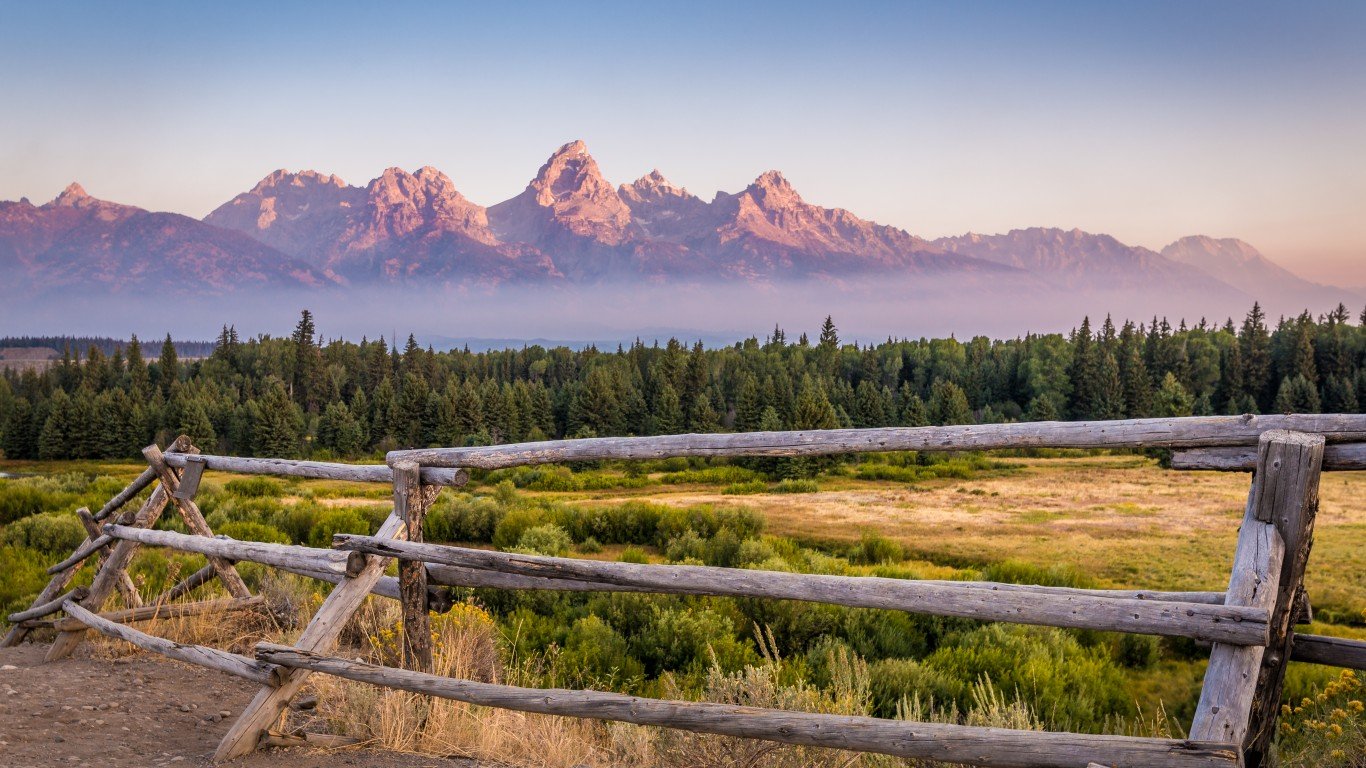
11. Wyoming
> 2001-2020 sightings per 100K: 84.7
> Total sightings: 490
> Population 2019: 578,759
> Population per sq. mile: 6.1

10. Idaho
> 2001-2020 sightings per 100K: 87.8
> Total sightings: 1,569
> Population 2019: 1,787,065
> Population per sq. mile: 20.2

9. Arizona
> 2001-2020 sightings per 100K: 90.4
> Total sightings: 6,583
> Population 2019: 7,278,717
> Population per sq. mile: 60.4
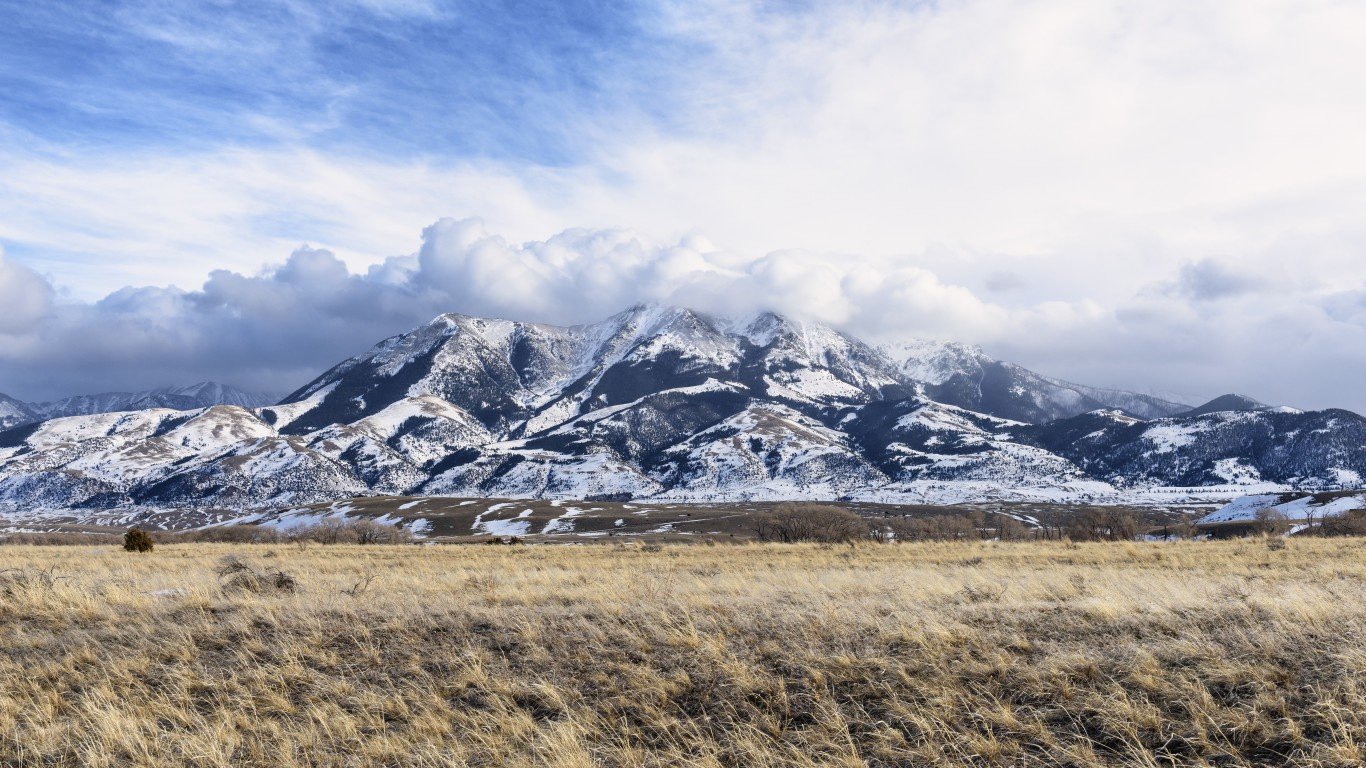
8. Montana
> 2001-2020 sightings per 100K: 93.1
> Total sightings: 995
> Population 2019: 1,068,778
> Population per sq. mile: 7.0

7. Alaska
> 2001-2020 sightings per 100K: 93.2
> Total sightings: 682
> Population 2019: 731,545
> Population per sq. mile: 1.3

6. Washington
> 2001-2020 sightings per 100K: 94.0
> Total sightings: 7,159
> Population 2019: 7,614,893
> Population per sq. mile: 106.5

5. Oregon
> 2001-2020 sightings per 100K: 100.5
> Total sightings: 4,240
> Population 2019: 4,217,737
> Population per sq. mile: 41.6
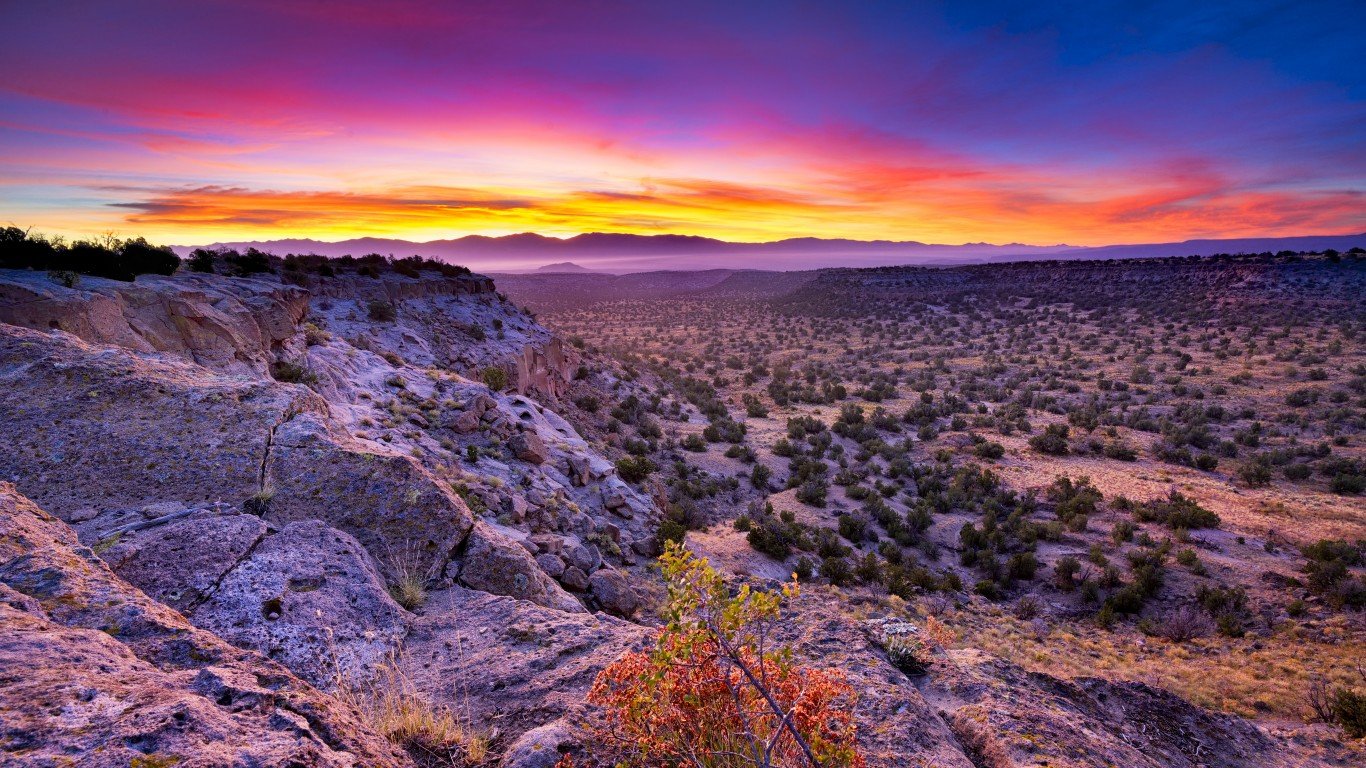
4. New Mexico
> 2001-2020 sightings per 100K: 100.7
> Total sightings: 2,112
> Population 2019: 2,096,829
> Population per sq. mile: 17.8

3. New Hampshire
> 2001-2020 sightings per 100K: 101.0
> Total sightings: 1,373
> Population 2019: 1,359,711
> Population per sq. mile: 149.8

2. Maine
> 2001-2020 sightings per 100K: 103.1
> Total sightings: 1,386
> Population 2019: 1,344,212
> Population per sq. mile: 43.6

1. Vermont
> 2001-2020 sightings per 100K: 109.0
> Total sightings: 680
> Population 2019: 623,989
> Population per sq. mile: 68.5
Sarah Burns
No comments:
Post a Comment
Note: Only a member of this blog may post a comment.